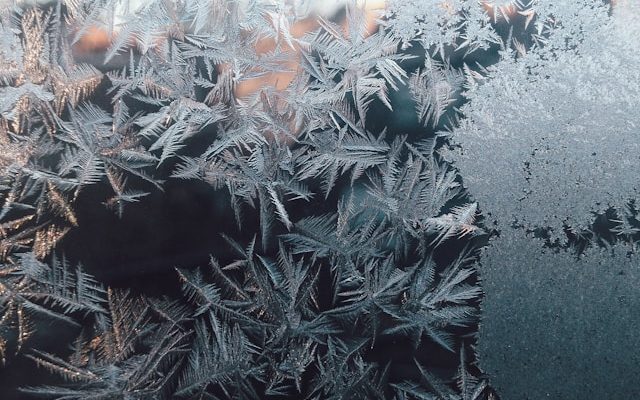Research reveals that aerosols from Canadian wildfires of summer 2023 contributed to the formation of ice clouds over the Arctic.
Clouds, composed of tiny water droplets or ice crystals, play a vital role in regulating Earth’s climate by influencing the amount of solar radiation that reaches the surface. The cloud phase significantly impacts the surface energy balance as liquid water clouds reflect more radiation than ice clouds.
Ice clouds typically form at temperatures below −38°C, but recent observations indicate their formation at higher temperatures in the Arctic. This phenomenon is facilitated by ice-nucleating particles (INPs), including mineral dust, organic aerosols and bioaerosols, which promote ice cloud formation above the usual freezing point.
These INPs, primarily sourced from outside of the Arctic region, also include traces of organic carbon (OC) aerosols. Wildfires in Canada, Alaska, and Russia are major sources of these aerosols, contributing to higher concentrations of OC, black carbon, and other aerosols over the Arctic.
However, despite extensive scientific evidence of aerosol transport from lower latitudes, a clear link between the transported aerosols and ice cloud formation in the Arctic remains unestablished.
In a study led by Assistant Professor Kazutoshi Sato and involving Professor Jun Inoue from the National Institute of Polar Research, Japan, scientists set out to understand how wildfire aerosols influence ice cloud formation in the Arctic.
The study was made available online on December 24, 2024 in Atmospheric Research.
The field data used in the study was gathered in September 2023 during an expedition to the Chukchi and Beaufort seas in the Arctic region aboard RV Mirai, a Japanese research vessel. The team used various instruments, including cloud particle sensor (CPS) sondes and drones, to measure particle counts and cloud properties. Additionally, atmospheric modeling tools, such as a backward trajectory model, were used to track the movement of aerosols and identify their source regions
Dr. Sato elaborates, “In the lower troposphere, our drone-based particle counter recorded particle counts two orders of magnitude higher than the voyage average. Using the CPS sonde, we detected ice clouds in the mid-troposphere under temperatures warmer than −15 °C, near a stream of warm and moist air coming from mid-latitudes. These streams are often referred to as an atmospheric river (AR).
“Our observations suggest that these wildfire aerosols, which have traveled via the AR, contribute to ice cloud formation under relatively warm conditions.”

Using the backward trajectory analysis, the team found that OC aerosol masses originating from wildfires in Canada traveled to the Arctic, where they contributed to ice cloud formation at temperatures warmer than usual. They traced the AR coming from the wildfire zones and found that it passed over areas with high concentrations of OC aerosols.
“The AR event is a very important event for moisture transport from mid-latitudes to the polar region, and this study also shows that aerosols can be transported by this system as well,” says Prof. Inoue.
This study underscores the critical need for field-derived vertical atmospheric profiles, including the monitoring of aerosol number concentrations and their chemical composition, in developing more precise numerical modeling of the polar regions.
By establishing a clear link between wildfire-emitted aerosols and ice cloud formation, this research paves the way for future endeavors that will refine how aerosol transport is represented in Arctic climate models.
Provided by Research Organization of Information and Systems
Explore further





